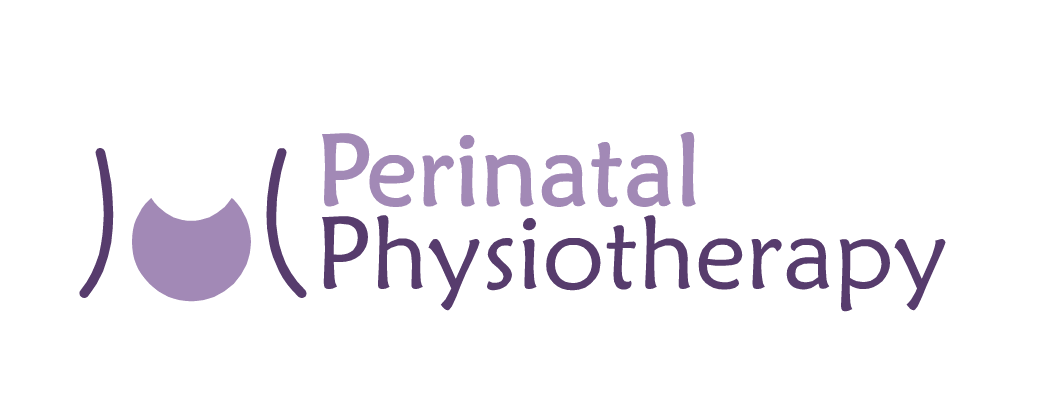What is the hypopressive method?
The hypopressive method, or hypopresive technique, was born in 1980 after Dr. Marcel Caufriez saw during a vaginal exam how a uterine prolapse drastically reduced during a diaphragmatic aspiration. Since then, the method developed over the years in a series of postures performed in apnoea right after exhalation that causes the diaphragm to ascend. By doing so, it pulls up the low abdominal viscera (vagina, bladder and rectum) and at the time it contracts the pelvic floor musculature thanks to a reflex mechanism.
This double effect makes the hypopressive technique an ideal treatment for post-partum recovery: it tones abdominal and pelvic floor musculature and activates organ contention and support tissues (such as fascia and ligaments) to improve organ position after delivery. The loss of perineal strength and organ balance that occurs during pregnancy and childbirth can put us at risk of future incontinence or organ prolapse.
What makes the hypopressive technique a much better option than regular abdominal exercises in postpartum?
Hypopressive exercises (also called low pressure fitness) are indicated to maintain abdominal and perineal tone and health, muscle strength and organ statics. The self explanatory name of the technique already gives us a hint. “Hypopressive”, or low pressure, means that during the exercise no internal pressure is exerted over the abdomen and pelvic floor. As a result, the organs don’t descend during the technique, but rather the opposite.
What is the difference then between traditional abdominals and hypopressive exercises? Whereas during a hypopressive both the abdominal muscles and pelvic floor muscles are trained through a reflex mechanism, traditional abdominals exert a high intra-abdominal pressure over the pelvic floor and back muscles, weakening them and causing a reflex organ descent. In a 2007 study by Caufriez and colleagues[1], subjects performed traditional abdominal exercises during six weeks with results showing a decrease of 32.7% on the base tone of the pelvic floor. Keep in mind that incontinence and organ prolapse are directly related to this decrease in pelvic floor’s base tone.
What are the main indications for the hypopressive method?
Recovery of perineal and abdominal strength after pregnancy and delivery (58%[2])
Stimulation of regular contractions during delivery (done strictly in exhalation, not apnea)
Treatment and prevention of urinary and fecal incontinence
Treatment and prevention of organ prolapse –uterine, bladder or rectum drop- (Grades I and II), one of the common causes of incontinence[3]
Treatment and prevention of inguinal or umbilical hernias
Strengthening of abdominal muscles and reducing waist size
Normalization of posture
Improvement of sexual function through a decrease in pelvic congestion
Are there any contraindications to the hypopressive method?
If you suffer from high blood pressure or thyroid dysfunction, you should do them in moderation
Hiatus hernia
Pregnancy: the techniques might stimulate uterine contractions
How often should I practise hypopressive exercises to obtain results?
20 minutes a day -or 2 times a week minimum- during an average of 2 months
Be constant: the exercises should become a daily routine
[1] Caufriez, M., Fernández, D., Esparza, S. y Schulmann, D. (2007). Estudio del tono de base del tejido músculo-conjuntivo del suelo pélvico en el postparto tras reeducación abdominal clásica. Fisioterapia, 29(3), 133-138.
[2] Caufriez, M., Fernández, J.C., Fanzel, R. y Snoeck, T. (2006). Efectos de un programa de entrenamiento estructurado de Gimnasia Abdominal Hipopresiva sobre la estática vertebral cervical y dorsolumbar, Fisioterapia, 28(4), 205-16.
[3] Bernardes, B., Resende, A., Stupp, L., Oliveira, E., Castro, R., Bella, Z. Et al. (2012). Efficacy of pelvic floor muscle training and hypopressive exercises for treating pelvic organ prolapse in women: randomized controlled trial. Sao Paulo Med J, 130(1), 5-9.


